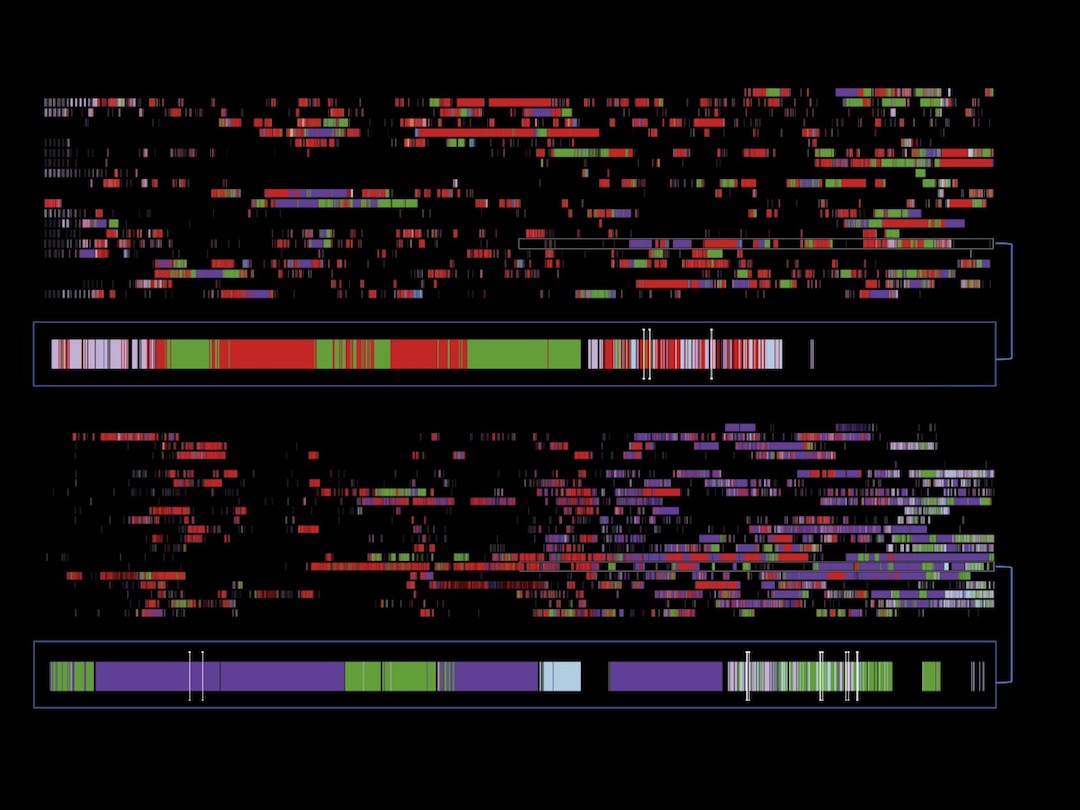
As Americans now spend over half of their day interacting with digital media, the world is increasingly becoming more digitally connected. A collaboration between Penn State and Stanford University that is exploring how everyday life can be studied digitally is being featured in the Jan. 16 issue of “Nature.”
In the commentary, “Time for the Human Screenome Project,” authors Nilam Ram, professor of human development and family studies and psychology at Penn State, and Stanford’s Byron Reeves, professor of communication, and Thomas Robinson, professor of child health, pediatrics and medicine, suggest much of what we know about media effects is incomplete, irrelevant or wrong.
According to the authors, previous studies on screen time have not collected and analyzed the types of data that could reveal what people are actually seeing and doing on their screens. Accurate and detailed second-by-second data on smartphone use — or a person’s individual “screenome” — could inform researchers about the influences of media and technology, including impacts on mental and physical health, education, relationships, and even our sleep.
In order to accurately observe and document what people are doing on their screens, the researchers are utilizing new screenomics technologies to observe and understand our digital lives, minute by minute. The results of this initial work is a call for the Human Screenome Project, a collection of large-scale data that will inform knowledge of and solutions to a wide variety of social issues, from fake news and democracy to social media and mental health.
According to Ram, who also is the director of QuantDev, part of the Social Science Research Institute at Penn State, screenomics has changed what we are able to see.
“Screenomics emerges from the development of systems for capturing and recording the details of individuals’ digital experiences,” said Ram. “The system includes software that collects screenshots every five seconds on smartphones and laptop computers, extracts text and images, and allows analysis of the timing, content, function and context of digital life.”
The commentary outlines the possibilities of screenomics technology. So far, over 600 participants have consented to using screenomics software on laptops and Android smartphones that were linked to the researchers' secure computational infrastructure. Participants then went about their daily lives while the system unobtrusively recorded their device use.
In their initial analyses of these data, the researchers found that participants quickly changed tasks, approximately every 19 seconds on a laptop, and every 10 seconds on a smartphone.
“People were multitasking, or multidomaining, at a much faster rate than what we previously thought,” Ram said. “The number of screens people source has consolidated to the point where most people are using just a few screens, mostly smartphones or laptops, to engage with many different life domains. Engagement with family, work and entertainment now happens almost simultaneously as people send texts, read emails and watch cat videos in rapid succession. The chance that different domains of life influence one another increases.”
The data collected via screenomics includes indicators of health and well-being, and can be partnered with larger interdisciplinary projects. In the commentary, Reeves, Robinson and Ram suggest that researchers wishing to study digital life create a repository that everyone can contribute to and use, as collaborating with companies that currently own similar data could compromise how research questions are defined and which data are made available for study. The kind of large interdisciplinary project they call for would have far-reaching benefits for all areas of life touched by digital technology.
“In the future, it might be possible for various apps to ‘interact’ with an individual’s screenome and to deliver interventions that alter how people think, learn, feel and behave,” said Ram. “Some of the most exciting potential for precision interventions are in health. Knowledge of the screenome can help us deliver the right intervention to the right person at the right time and in the right context. The Human Screenome Project will increase our ability to, in real time, help people optimize their lives and reach their goals.”